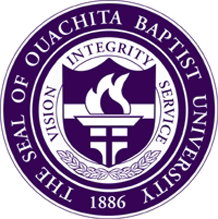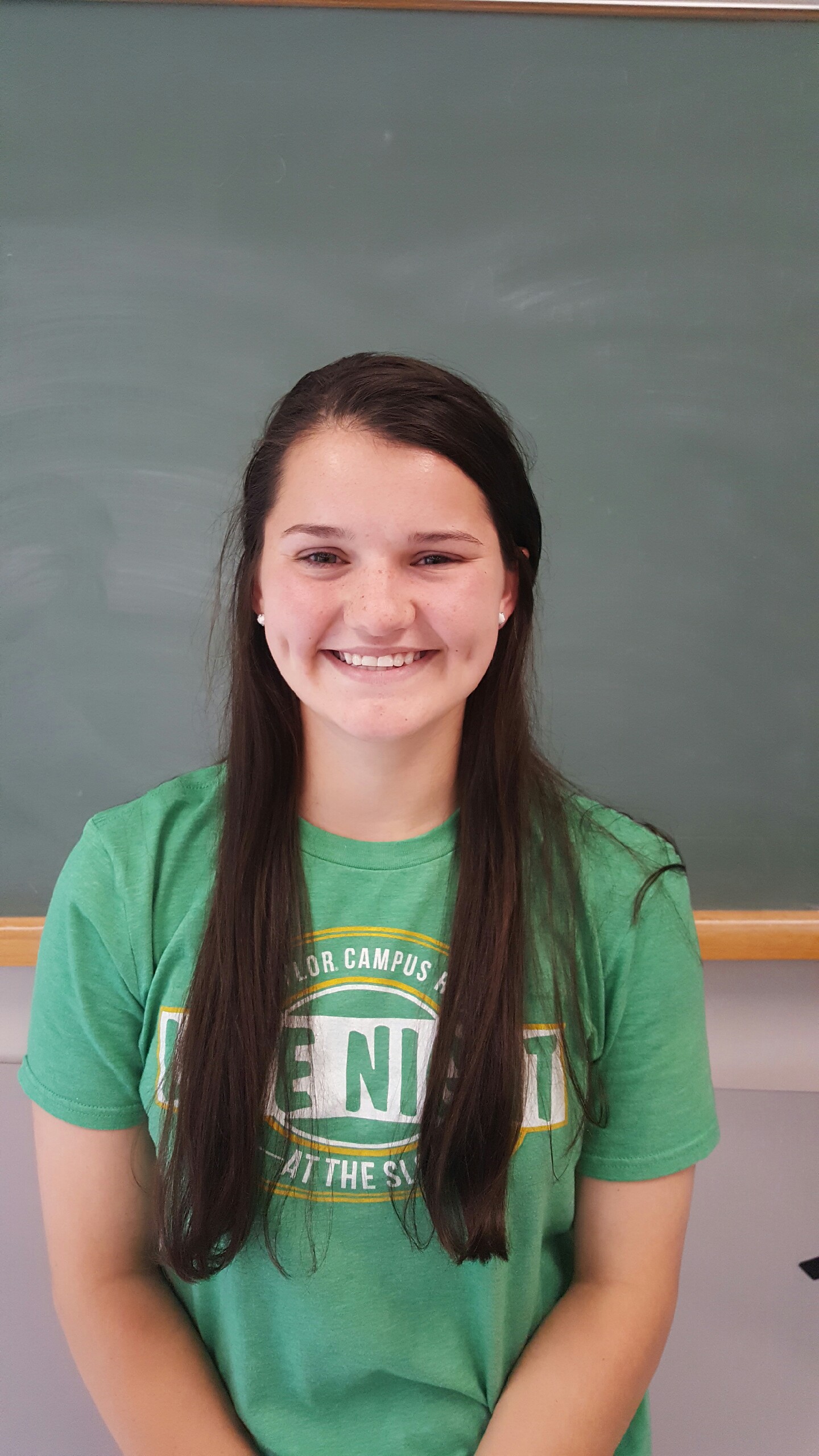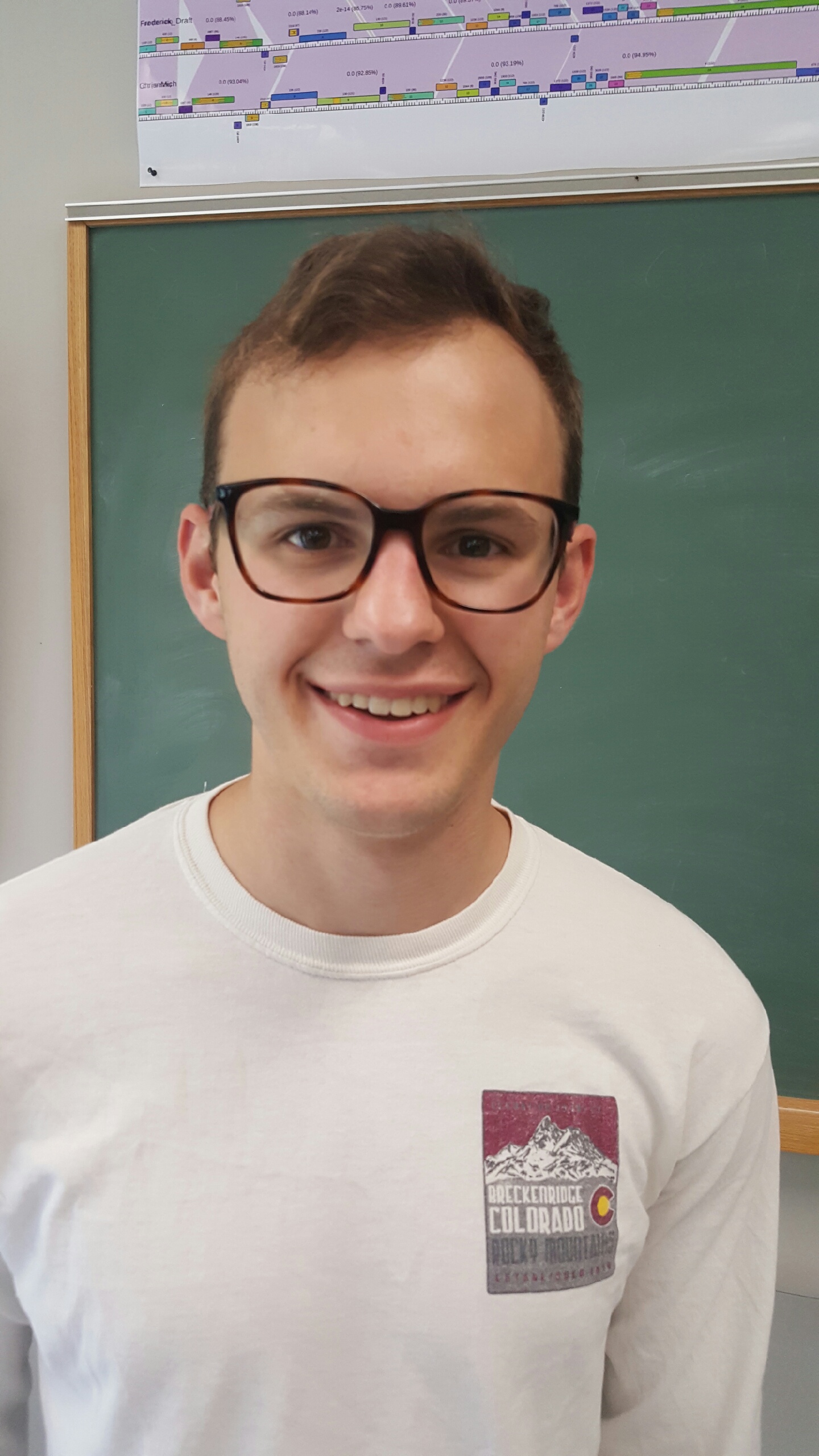Below is a summary of the abstract you submitted. Presenting author(s) is shown in bold.
If any changes need to be made, you can modify the abstract or change the authors.
You can also download a .docx version of this abstract.
If there are any problems, please email Dan at dar78@pitt.edu and he'll take care of them!
This abstract was last modified on May 5, 2017 at 1:41 p.m..

Students at Ouachita Baptist University (OBU) used DOGEMS (Deconvolution of Genomes after En Mass Sequencing) on a pooled phage sample to increase the chance of finding a novel phage. Isolated DNA, from ten Mycobacterium smegmatis phages, were combined and submitted for DOGEMS. Unique phage in the mixture will separate out as individuals during the sequenced contig assembly step. We recovered a single B4 phage from our mixed sample, as well as multiple A, F1, K3, and L2 phage. The next step was identifying this single B4 phage from among the ten phage in the pooled sample. Student groups studied sequenced B4 phage genomes and designed unique polymerase chain reaction (PCR) primers specific to the B4 subcluster. One group created primers for pham 1320, a unique gene only found in B4 phage. This primer set produced a 798 bp amplicon in a known B4 phage and RiverRat. No other phage in the pooled DOGEMS sample produced a PCR product. Other student groups, using unique primer sets, independently confirmed the single B4 phage in our DOGEMS sample as RiverRat. We will discuss the rationale used to design each group’s primer set.


